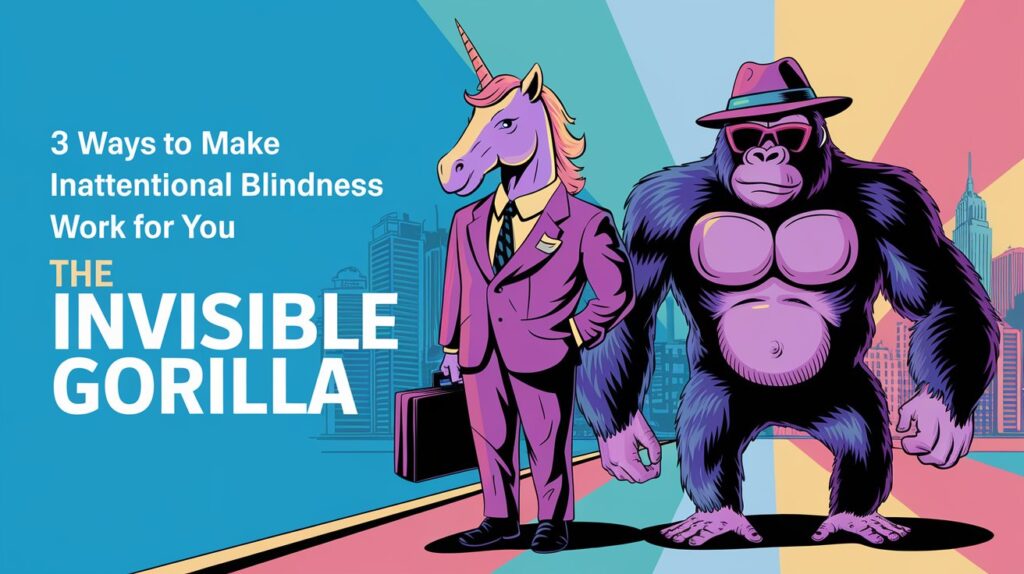
Ever walked right past a friend because you were checking your phone?
Or missed an important road sign while following GPS directions?
Welcome to Inattentional Blindness!
And here’s the fascinating part:
This psychological principle isn’t just about missing details – it’s about how our focused attention can make even the most obvious things completely invisible.
📚 The Story Behind Inattentional Blindness
In 1999, psychologists Daniel Simons and Christopher Chabris conducted one of psychology’s most famous experiments.[1]
They showed participants a video of people passing basketballs and asked them to count the passes made by players wearing white.
During the video, a person in a gorilla costume walked through the scene for nine seconds.
The shocking result?
About 50% of viewers completely missed the gorilla.
This wasn’t just about distraction – it revealed fundamental truths about human attention:
- Our focus creates natural blind spots
- Conscious awareness is more limited than we think
- Attention is a zero-sum game
🧪 The Science of Selective Attention
Our brains actively filter information through a process called Inattentional Blindness.
Research reveals two key aspects of this phenomenon:[2]
1. How Attention Works:
Studies show that focused attention:
- Filters out up to 95% of environmental stimuli.[3]
- Creates “attention tunnels” where we focus intensely on specific tasks
- This filtering happens automatically without conscious effort
- Even experts experience this in their field of expertise
2. Real-World Impact:
Research demonstrates that Inattentional Blindness:
- Affects daily situations and professional performance[4]
- Continues to influence us even when we’re aware of it[5]
- Has been documented across various real-world scenarios
As neuroscientist Moshe Bar noted,
“The brain is a prediction machine that is always trying to minimize surprise.”
💼 3 Ways to Make Inattentional Blindness Work For You

1) Design for Natural Focus Flow
Don’t fight against how people naturally pay attention.
It’s not just about removing distractions—it’s about creating an environment where focus flows naturally and effectively.
This helps users stay engaged with what matters most without feeling overwhelmed.
Look at how Freedom makes focus feel natural by dimming everything except your active window.
Their users embrace deep work without feeling restricted, creating a natural state of flow rather than forced concentration.
Or how Bear transformed writing from a distracting mess into a zen-like experience by fading everything except your current paragraph, making focus feel like a superpower rather than a struggle.
Careful, though:
Don’t hide important information entirely.
You want to guide attention, not block necessary context.
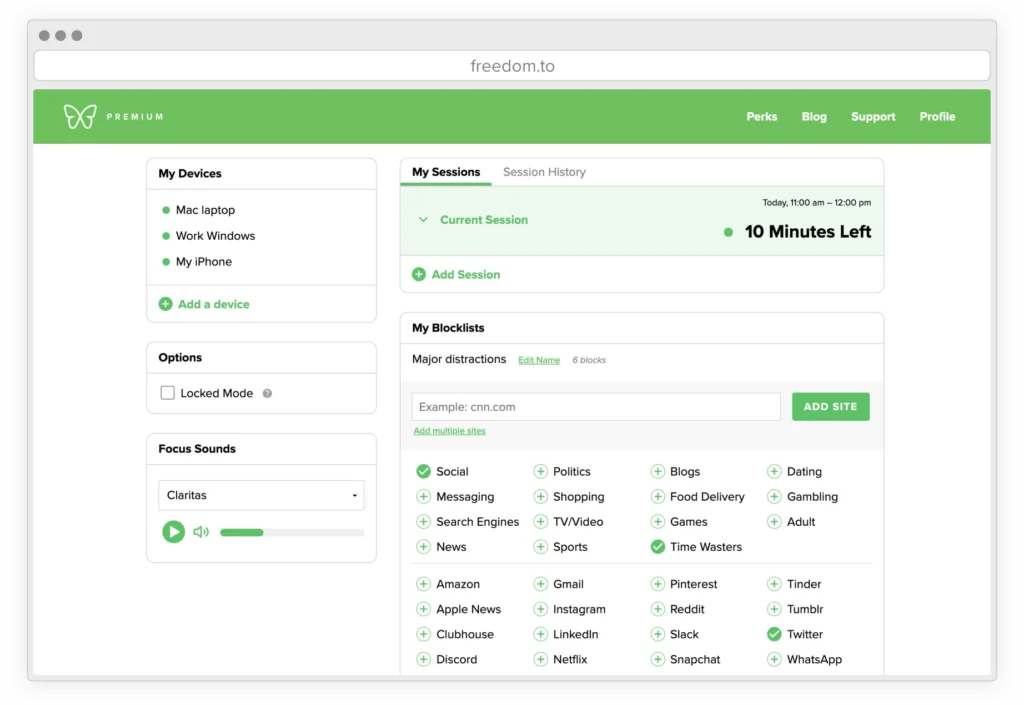
2) Build Attention Bridges
Getting focused is just the first step.
The real magic happens when you help users transition between different states of attention.
Focus isn’t just about blocking distractions—it’s about creating smooth pathways between different types of awareness.
Look at how Todoist turns task-completion into micro-moments of celebration, using gentle animations that naturally break and rebuild focus.
Consider how Forest app made focus visible by growing virtual trees during concentration time.
Their users don’t just track time—they nurture a digital garden with their attention.
Even Focus@Will turned background music into an attention guide, using subtle audio changes to signal time passing without breaking concentration.
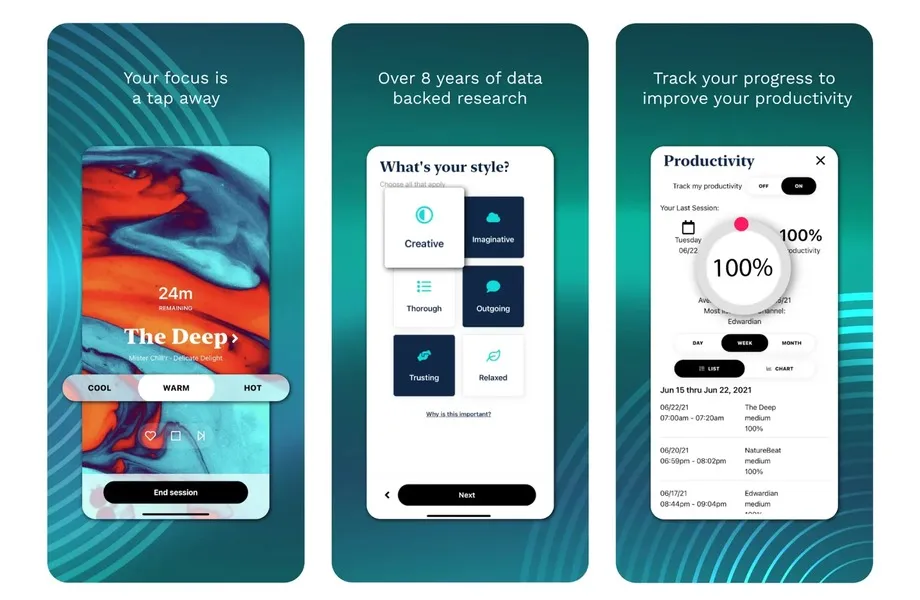
3) Master Strategic Interruption
Sometimes, the most powerful tool is knowing when to break focus, not just how to maintain it.
Your product can create mindful breaks that actually enhance rather than disrupt concentration.
This creates stronger engagement that goes beyond simple “do not disturb” modes.
Look at how TimeOut transformed break reminders from annoying popups into gentle screen fades that respect your attention while still getting the message across.
RescueTime doesn’t just block distracting websites—they create “mindful moments” with their “Are you sure?” prompts, making each potential distraction a chance for conscious choice.
Even Streaks turned habit tracking into an art form, making notifications appear exactly when your brain is ready for a shift in attention, not when it’s deep in focus.
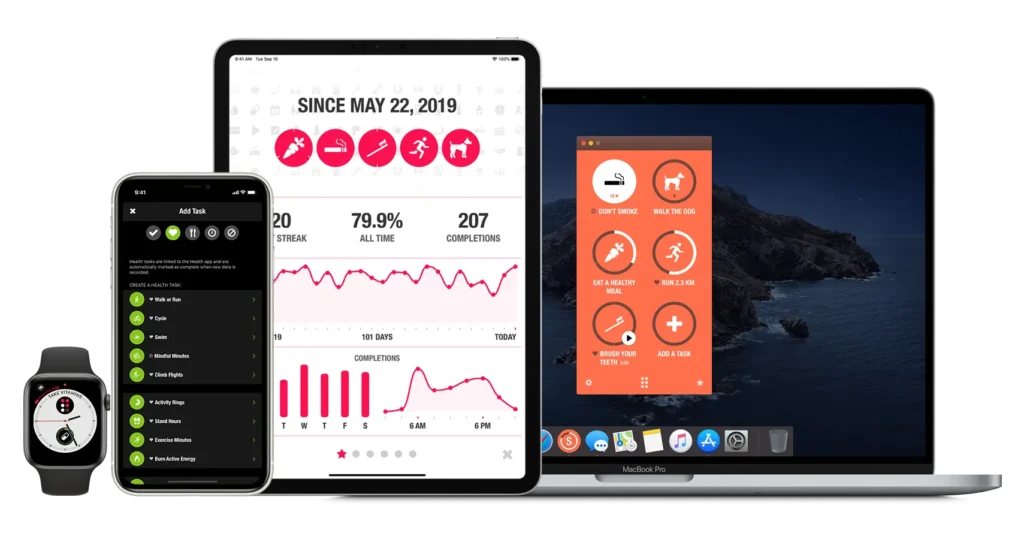
🎯 Inattentional Blindness in Action
Grammarly Editor: Mindful Mistake Management
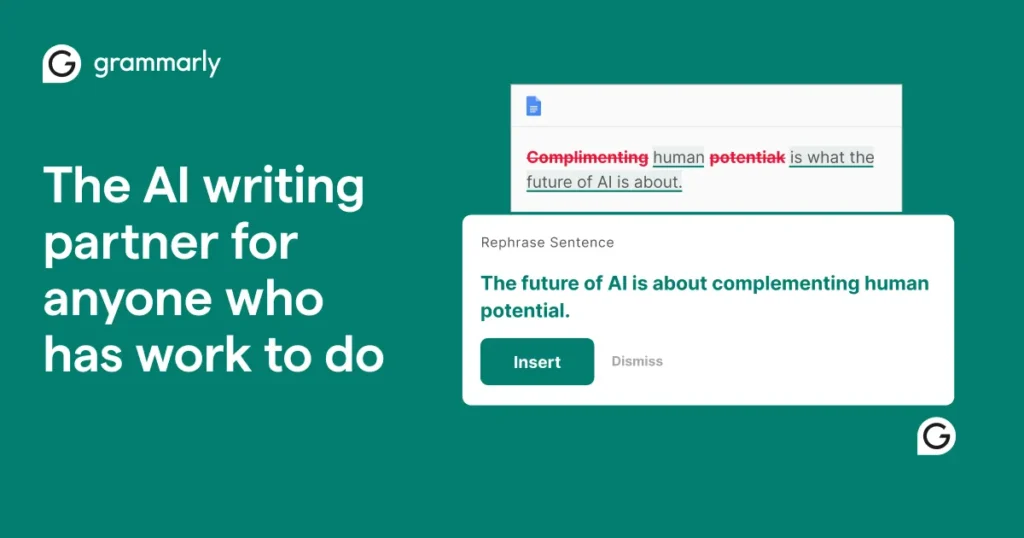
The writing assistant takes a unique approach by:
- Only highlighting one type of error at a time to prevent attention overwhelm
- Using color-coded underlining that appears as you write, not all at once
- Introducing suggestions progressively rather than showing all issues simultaneously
- Creating a focused correction mode that dims the rest of the text
Their interface proves that sometimes showing less helps users notice more.
Calm Harm: The Mindful Intervention App
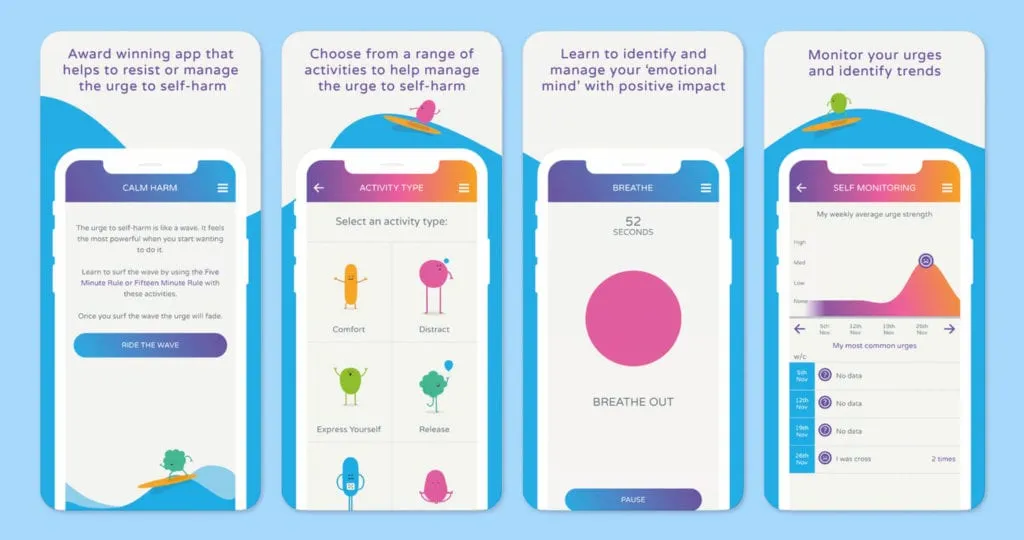
This mental health support app brilliantly manages attention during crisis moments:
- Presents only one coping activity at a time
- Uses gentle transitions to maintain focus
- Creates “mindful moments” with strategic pauses
- Implements progressive disclosure for additional resources
Their approach helps users stay focused during high-stress situations when attention is naturally compromised.
RescueTime: Attention Management Pioneer
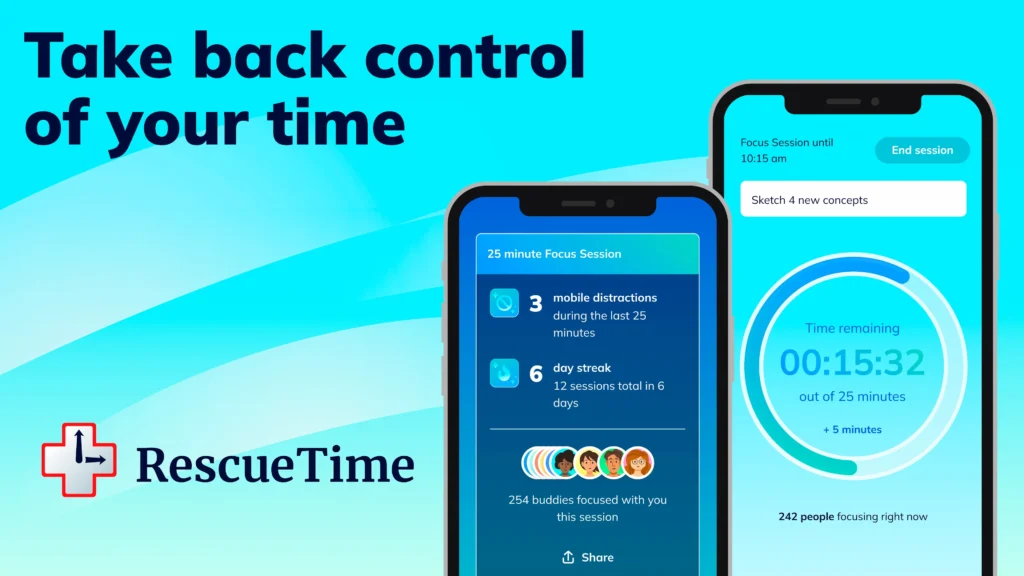
This productivity tracker stands out by:
- Showing focused work data only at strategic moments
- Using “Focus Sessions” that gradually fade out distracting elements
- Implementing “attention guards” that activate during deep work periods
- Creating periodic awareness prompts without breaking flow
Their success shows how understanding attention limitations can create better productivity tools.
💡 The Inattentional Blindness Takeaway
Here’s the truth:
In a world competing for attention, understanding its limitations is crucial.
Inattentional Blindness teaches us that attention is a finite resource that must be managed thoughtfully.
Your role is to:
- Guide attention deliberately
- Respect cognitive limitations
- Create meaningful interruptions
- Design for natural attention patterns
Remember: In the battle for attention, less is often more.
After all, in a world of endless distractions, helping users focus on what truly matters might be the most valuable service we can provide.

Leave a Reply